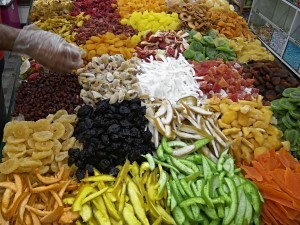EAT IN ASIA / Destinations / Lebanon
Lebanese cuisine cannot exist without Za'atar, but what's that? Curious about it?
Tags: LEBANON
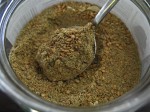
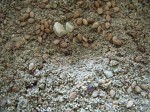
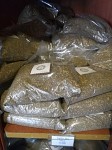
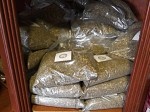
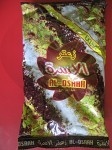
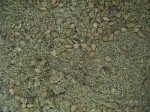
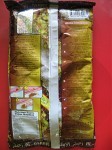
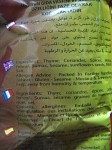



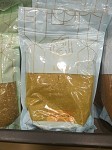
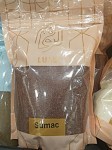
Have you ever heard about zaatar? Do you know what is that and what could you use it for? If you are curious about it, read it!
I heard about zaatar for the first time in Lebanon. Manouche with zaatar, sfeeha with zaatar, labneh with zaatar, hummus with zaatar, shanklish (a kind of a curd coated with zaatar) is with zaatar… I heard and read it almost at every corner of any street in Lebanon. But what exactly is zaatar and why is it so popular?
Actually, zaatar is a mix of a wild thyme with some other spices. What exactly is included in the rest of spices, can vary depending on the producer or on the cooker. Sometimes it is just salt, sometimes it is mixed with sesame seeds and sumac, sometimes with many other components that make it more aromatic. These other ingredients can even include anise, cinnamon, cumin or coriander.
Zaatar is mainly eaten mixed with olive oil and with any kind of bread. So, you can spread it over pitas, Lebanese pizzas, manouche or just sprinkle it onto labneh or hummus.
It is worth trying it even with any regular bread. Just mix two teaspoons of olive oil with two teaspoons of zaatar and either spread it onto your bread or just dip your bread bites in the mixture.
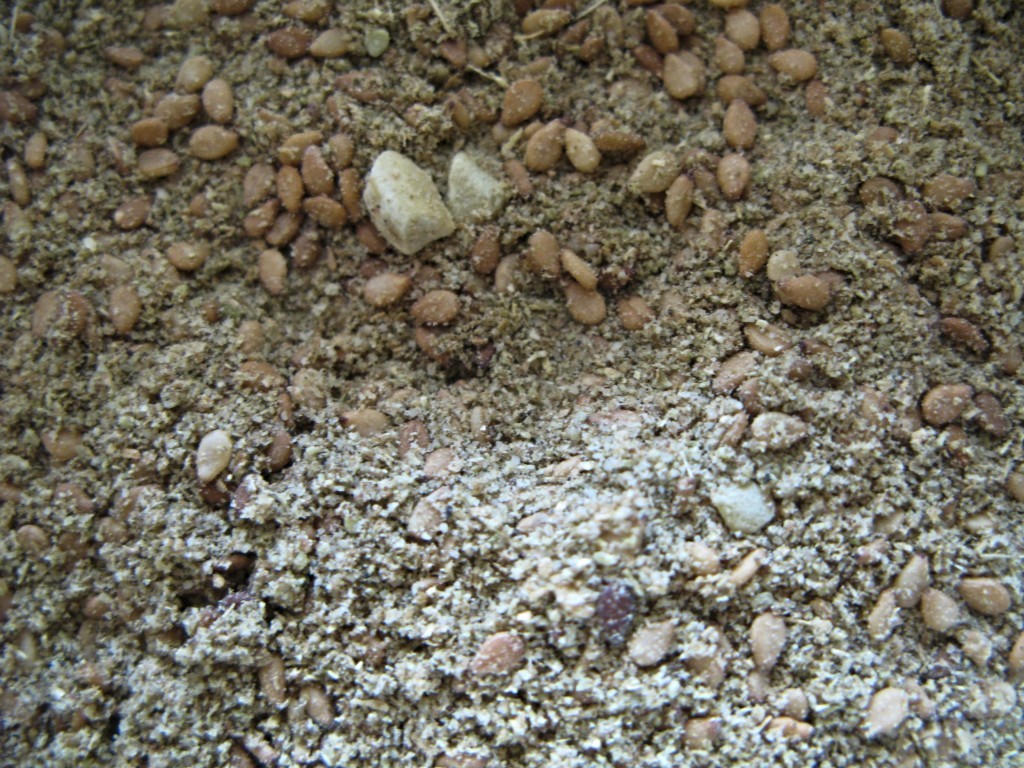
As that herbal mix is not very popular in any other place apart from Arabic countries, it is hard to get it in local stores. Only some of them, that are specialized in oriental products have it in stock. But don’t worry, you can do it at home. Really, it is not so difficult. All you need to do is to roast sesame seeds for a while, just to make them brownish and then mix them with all other spices.
If you are short of a handful of spices you can always go only with thyme, sesame seeds, sumac and salt. You could also add marjoram to it and replace the wild thyme with any other regular thyme or oregano.
Ingredients for making zaatar at home:
Below you can find some general proportions for preparing your zaatar, but you can always change them, so that the composition tastes the best for you.
- wild thyme (dried) – 1 cup
- ground sumac – 0.75 cup
- sesame seeds – 0.75 cup
- salt – 1 teaspoon
- optionally you can also add:
- marjoram (dried) – 0.25 cup
- fennel – 0.5 teaspoon
- cumin – 0.5 teaspoon
- coriander – 0.5 teaspoon
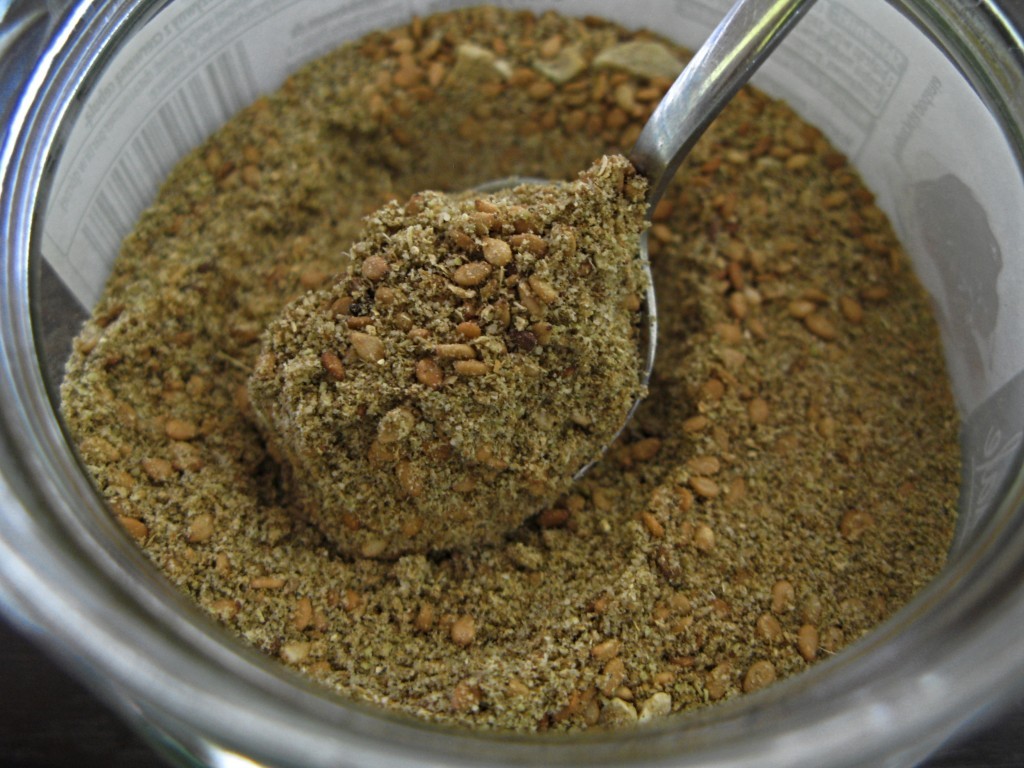
We bought a package of zaatar mix that includes thyme, coriander, anise, fennel, sumac, sesame, sunflowers’ seeds, peanuts and salt.
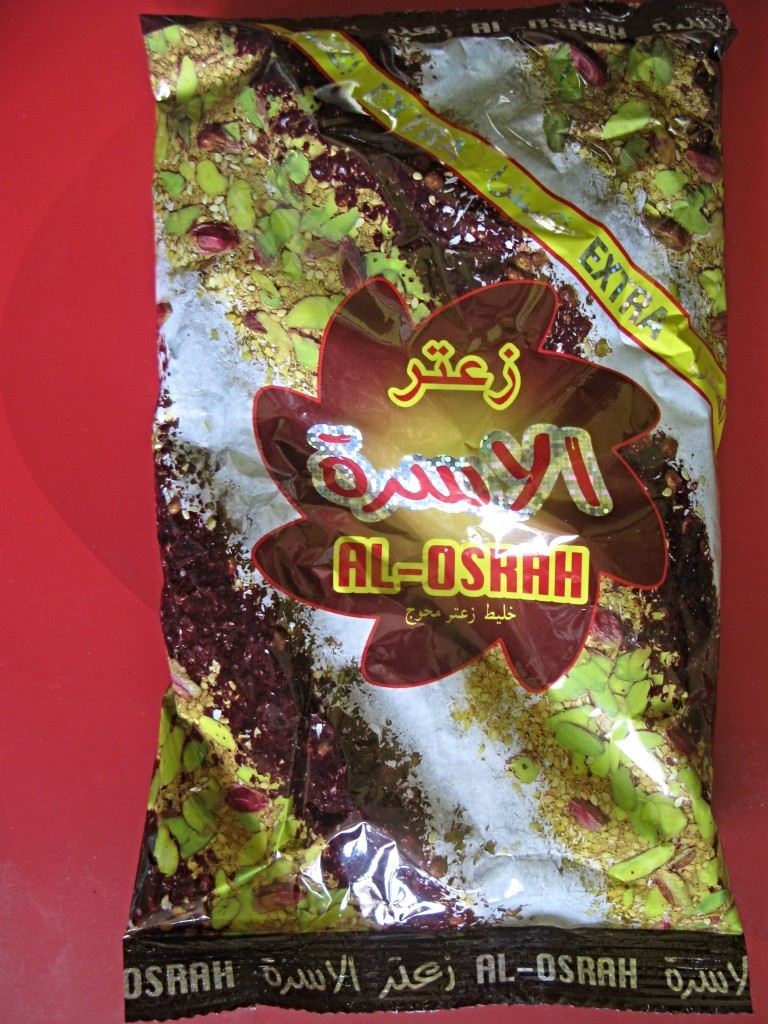
The taste is slightly different from the one we were eating in Lebanon, but I think it is caused by all other ingredients. Our olive oil is different, our hummus is not the same nor is the labneh that you can buy at yours. However, it is a good starting point for making it by yourself and experiment with different compositions and proportions of spices and herbs. Remember too, that both olive oil and thyme are healthy and can protect your organism.
Date: 2018-08-01
Author: Beti – A passionate traveler and lover of Asian cuisine, especially Thai and Japanese dishes, Bernadeta brings her culinary and cultural experiences to life in her writing. Beyond her travels, she’s an avid technology enthusiast with a deep interest in data processing, merging her love for exploration with analytical insights.
Photographer: Adalbert – An aficionado of computers and photography, Adalbert captures the essence of diverse cuisines with a discerning eye. A connoisseur of rich flavors and particularly fond of meat-based dishes, he combines his technical skills with his passion for the culinary arts in every shot.

